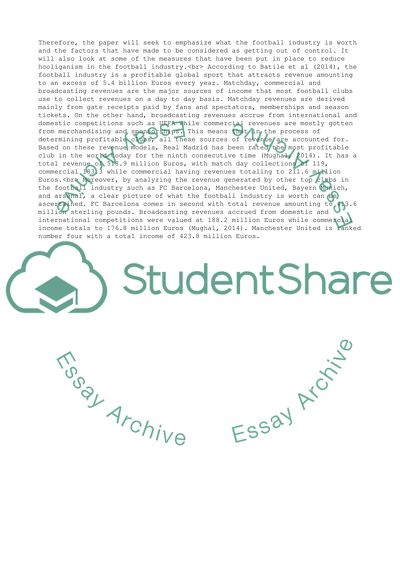Cite this document
(“Debate .. Football industry Assignment Example | Topics and Well Written Essays - 2000 words”, n.d.)
Retrieved from https://studentshare.org/business/1639322-debate-football-industry
Retrieved from https://studentshare.org/business/1639322-debate-football-industry
(Debate .. Football Industry Assignment Example | Topics and Well Written Essays - 2000 Words)
https://studentshare.org/business/1639322-debate-football-industry.
https://studentshare.org/business/1639322-debate-football-industry.
“Debate .. Football Industry Assignment Example | Topics and Well Written Essays - 2000 Words”, n.d. https://studentshare.org/business/1639322-debate-football-industry.


